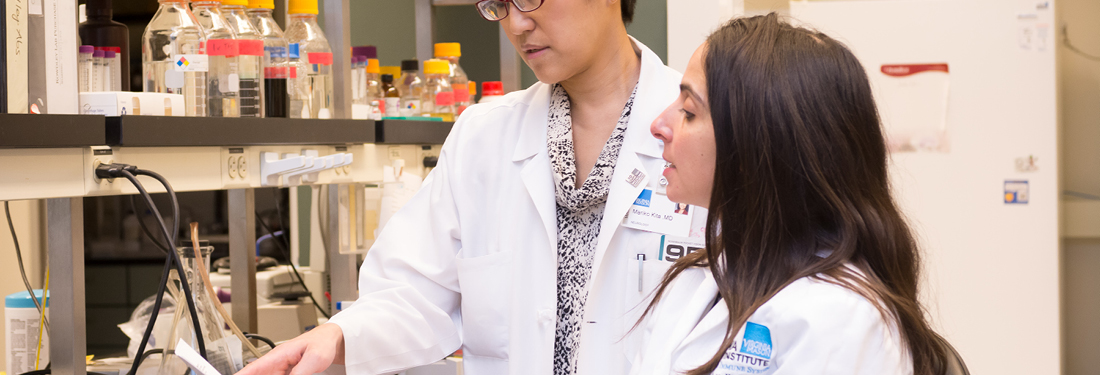How Does Standard Work Lead to Better Patient Safety?
We’re hurting people in health care more than we think.
Providers and other health care specialists frequently balance the art and the science of medicine. While many clinical studies and evidence of best practices guide our work, we are still dependent on medical specialists and staff to use their best critical thinking, judgment, and knowledge gained through experience to deliver high-quality health care. The challenge is that health care is complex and often chaotic, and people make mistakes. What’s more, variability in our processes leads to variation in patient care — and this is a huge problem. In health care, we know that no mistake or variation should be acceptable if it leads to the potential to harm a patient.
So the question becomes this: What can we do to prevent employees from causing harm to patients? How can we mistake-proof the way we deliver health care? One way that Virginia Mason makes processes safer is the creation of standard work.
Creating standard work
The first thing to realize about standard work is that it’s about efficiency, accuracy and safety and not about making workers into robots. It’s about making sure the patient is first in every part of the health care process — and that takes creativity, teamwork, and testing. It’s about asking at every step, “What is the best way the customer wants me to do this?” It’s about making routine the elements of care that we know will benefit the patient.
With standard work, the employees who are doing the work are key players in developing the standard work process.
That’s why it’s important that health care employees learn to analyze their processes, see waste, and prevent mistakes. And that’s why standard work becomes an opportunity to help employees do a better job. Instead of learning by mistakes, new employees can enter a process and quickly learn to use the best practices of those who developed the standard work.
What is standard work?
Creating standard work involves three parts:
- Deciding what the standard is, then creating and testing it. This is where the team analyzes the problem, studies the current work flow, and comes up with a solution that would be better from the patient’s point of view. Then the team uses the PSDA (Plan, Study, Do, Act) method to test and refine it. Remember: this is a learning journey; it’s where the rubber meets the road. This is where you find out if five different employees can use this standard work to produce results with no defects.
- Getting the standard work into place, and deploying it. This is where good training, open communication and follow-up with staff are crucial.
- Continuously improving the work. With standard work, you never rest on your laurels. You continue to audit the work and make enhancements to make it even safer for patients.
Case study of standard work
Standard work is useful whenever a process is not 100% free of defects. Is this too high a standard? Virginia Mason’s laboratory team didn’t think so.
When team members evaluated the way they labeled specimen tubes, they looked critically at their successive check process, which is completed on the check-in bench in the laboratory’s central processing department. They discovered that in a one-month period, the process failed to catch three mistakes. With more than 30,000 patient orders per month, this meant the process had a 0.01% defect rate. The team determined that the defect rate — though deemed acceptable or even very good in other health care organizations — wasn’t acceptable for Virginia Mason’s patients, who wanted zero mistakes. They knew that a lab mistake could translate to a delay, misdiagnosis or even the wrong treatment in a patient’s care.
So the team analyzed the process, eliminated waste, introduced standard work and used the concept of TWI (Training Within Industry) instruction to ensure that all team members were fully trained in the new standard process. The standard work they developed helped the team achieve zero defects in the next six-month period, and it defined the standard way that all new team members are trained today.
Why was this implementation successful?
The department’s leader, recognizing that creativity is good for employee engagement and skill-building, involved the employees in the investigation of the existing process and the creation and testing of a brand-new process. The leader said to them: “Is there a ‘best way’ for this process? How can our team bring the concept of continuous improvement to the table?” and then encouraged them to speak up with their ideas and made sure they had time to conduct analyses and testing between meetings.
All team members knew that the goal was to make this process more efficient, and therefore, safer and better for patients. They knew that to have a defect-free process, everyone needed to follow the new process, every time, in the same way.
And after the standard work was developed, deployed and refined, the employees were freed up to use creative thinking to investigate other systems and to devise new ways to improve them. Whenever employees developed new standard work, they became more confident and better skilled — really mastering their jobs and growing in their understanding of new aspects of their work every day. And this is because every team member asked, “How can I make this work better for our patients?”
Originally published May 4, 2015, updated October 27, 2021






